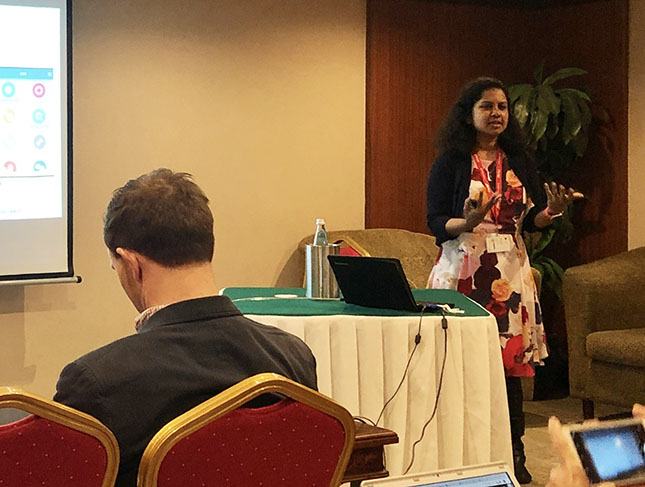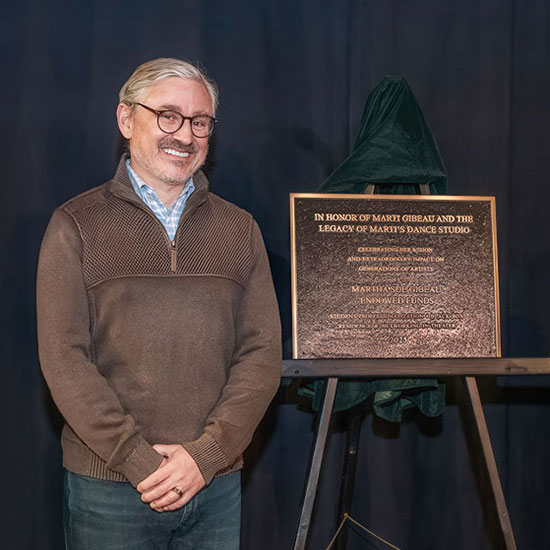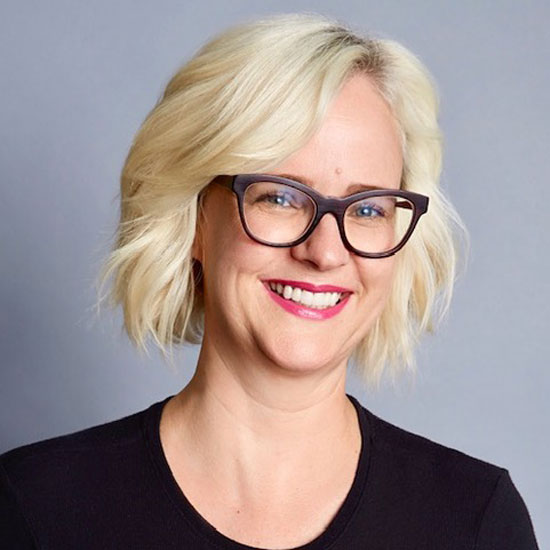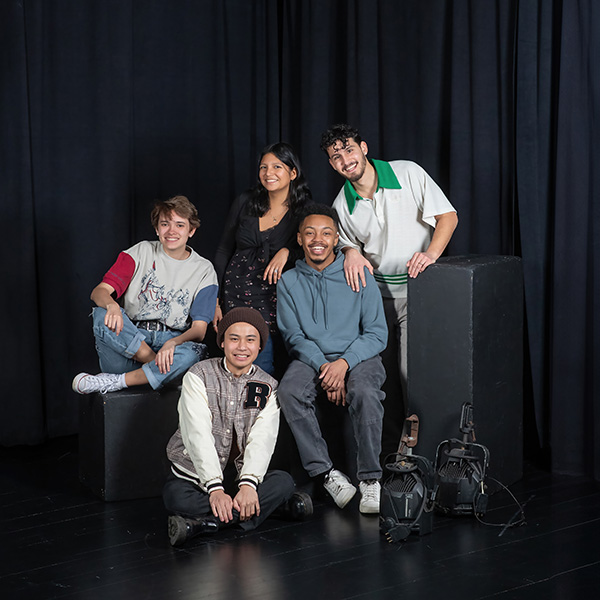Skidmore's Aarathi Prasad discusses contact tracing
Four years ago, it is likely few really understood why Aarathi Prasad, assistant professor of computer science at Skidmore College, chose to devote her doctoral thesis to the topic of contact tracing.
“Contact tracing, particularly close-encounter tracing — when two people may have been close in both space and time, but not necessarily at the same place at the same time — seemed like an unimportant problem to most, given infectious diseases like the measles were rare and the flu was very common,” said Prasad.
This spring, she found herself once again immersed in the world of contact tracing — only now it has the potential to be a key tool in overcoming the COVID-19 pandemic.
Prasad, who runs the Smart Devices Lab at Skidmore, recently reached out to the MIT Media Lab to share her expertise with researchers and software developers who are working to create an app that can perform contact tracing while preserving privacy.
Prasad’s interest in mobile health began during graduate school at Dartmouth College, where she studied ways in which apps and mobile and wearable sensors (like a Fitbit or a digital blood pressure cuff) could help individuals manage their health and wellness.
In speaking with health care providers, she learned that tracking active viruses on surfaces is a particularly daunting challenge. “That problem seemed so interesting to me and got me thinking: How is it possible to track a ‘contact’ you might have never seen, who might have infected you?”
For her doctoral thesis, Prasad developed a privacy-preserving wireless protocol for contact tracing. She and her adviser, David Kotz, designed a smartphone-based system that uses stationary beacons that allow people who have tested positive to alert other users who may have been exposed, retroactively.
As states across the country look to ease stay-at-home restrictions, the consensus is that testing, paired with contact tracing, is key to safely reopening parts of the economy.
“For contact tracing to work, it must be paired with testing. You need that positive first,” said Prasad.
Scientists are also trying to get a handle on the disease’s incubation period — the time between exposure to an infection and the appearance of the first symptoms — with estimates ranging from days to weeks, in addition to how long it can live on surfaces.
Contact tracing is most effective before someone becomes symptomatic and, most likely, more infectious. As more data becomes available, the prevalence of asymptomatic COVID-19 cases is becoming better understood as well.
As more pieces fall into place, contact tracing using wireless technology could address a critical component in tracking the disease: memorability.
“If I asked you to think of all the places you visited in the last two weeks, could you?” Prasad asks. “Perhaps when you are social distancing at home it would be easier, but it will be difficult to remember once activities resume.”
The technology would make it easier for public health workers — who should authenticate a result — to quickly reach out to those who may have been exposed to the virus, while protecting the location history of the infected person as well as those who are alerted.
While contact tracing technologies can be efficient, what will make them effective is users’ ability to trust in the system and willingness to engage in what Prasad calls the “altruistic sharing” of information.
“They work best when everyone contributes,” she said. “What we need is a solution where people can trust the source of information and where we protect people’s privacy.”
Prasad says open-source solutions, like the app designed by the MIT Media Lab group, help lend transparency and trust, unlike solutions that might come from the government or from big corporations such as Apple or Google. However, she points out that something that comes from Apple or Google could potentially reach more users, since it will already be part of a user’s phone, as opposed to an app that would need to be downloaded.
Before stay-at-home-orders are eased, Prasad says it is critical to come up with a plan that includes the use of privacy-preserving systems to help people track their location. She says now is the time to start thinking about the months ahead and getting used to a new reality in which individuals adopt altruistic sharing practices made possible by new technologies. Most likely, this will involve downloading an app that collects your location, similar to other location-tracking apps such as Google Maps.
“By doing so, and encouraging others to do so,” Prasad said, “you could potentially help save friends, neighbors and communities, the same way you were saving lives by staying home.”



